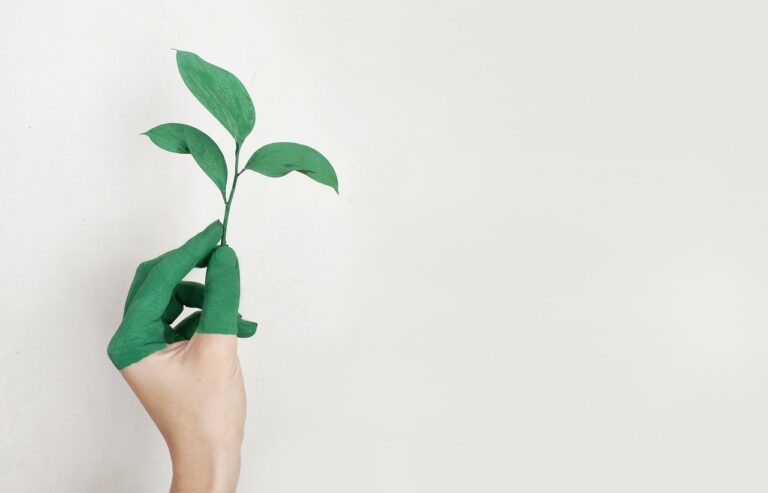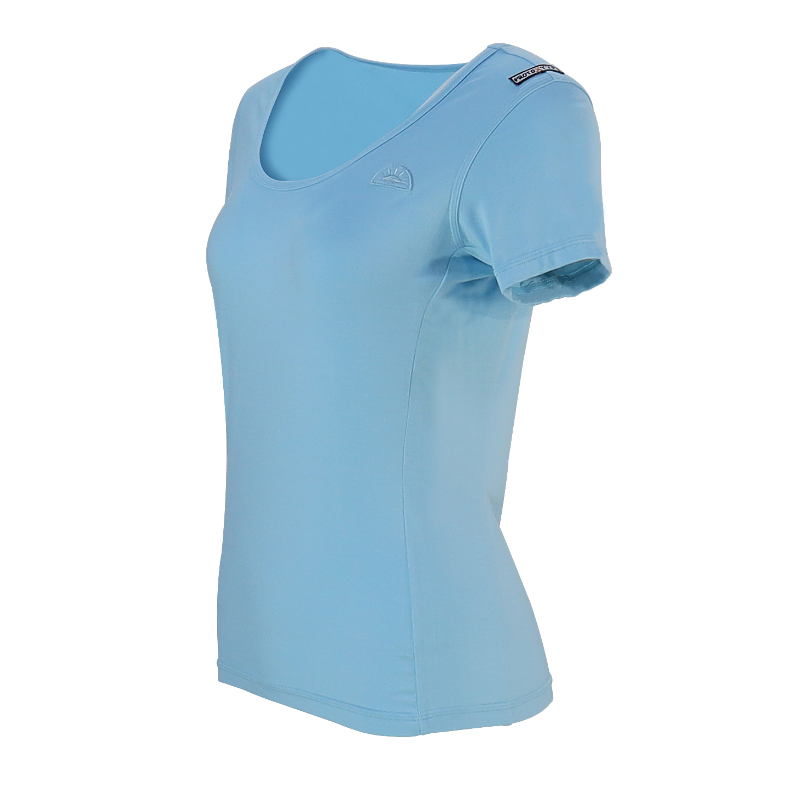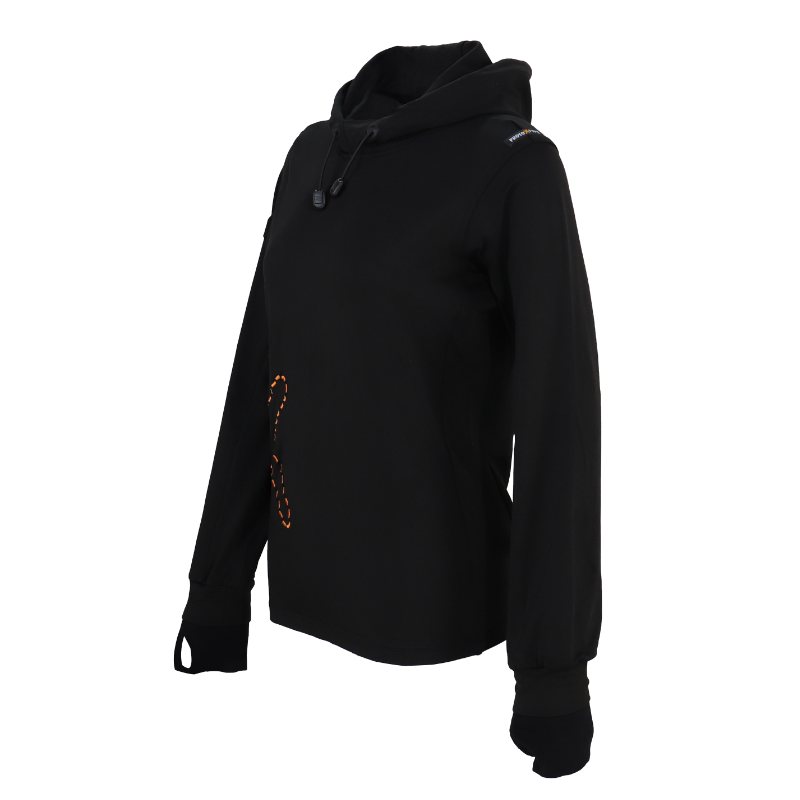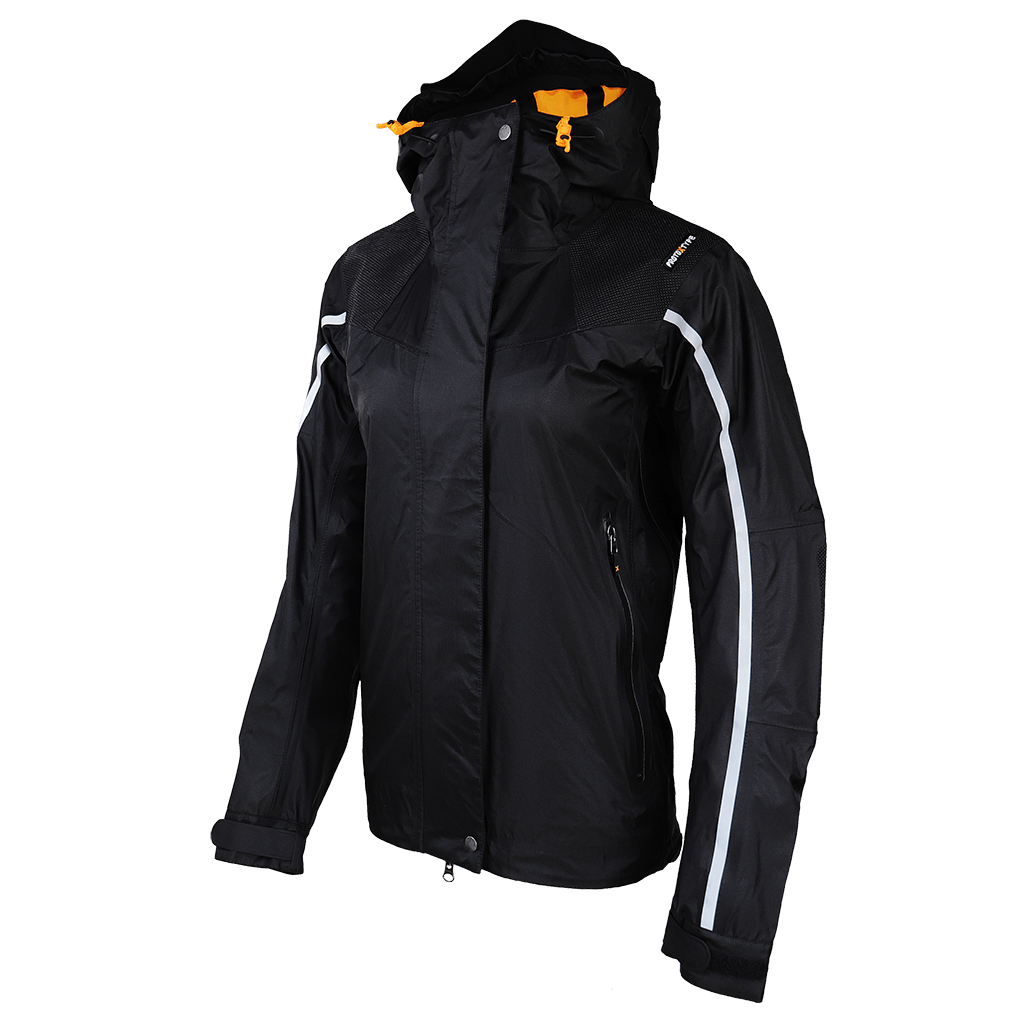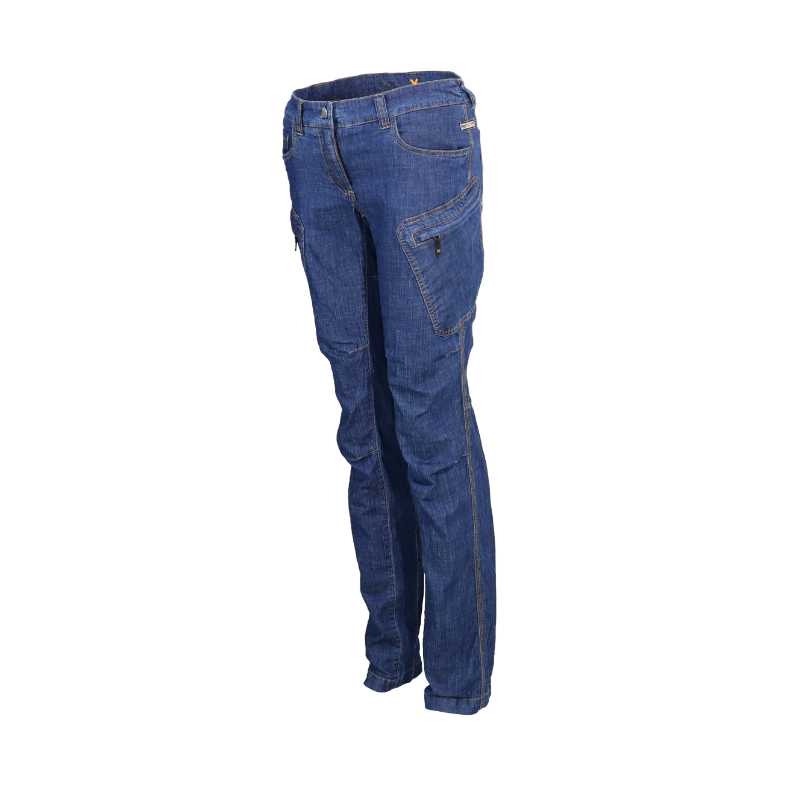Dressing well means dressing sustainable. Have you ever thought about how the clothing industry and the choices we make as consumers while shopping could negatively affect us and the planet?
The situation is more than dramatic: in Europe tons of macroplastics and microplastics are poured into the seas every year, causing the death of numerous marine species.
However, if you think that only fish are affected by this terrifying situation, you are very wrong. Because these marine species become part of the food chain, right up to our tables.
So is there anything we can do in our small way? Certainly: for example by choosing sustainable clothing starting from these 5 tips.
1. Choose eco-friendly materials
The label of the clothes? After reading what we are about to tell you, from today you will always read it. If you choose clothing in polyester and synthetic materials, know that each washing of your clothes releases microparticles of plastics that are harmful to the health of the environment.
For this reason, when you read the label of a garment, pay close attention to the materials used and choose to preferably buy garments made with natural fabrics, 100% biodegradable and all environmentally friendly. An example are the bamboo and organic cotton dresses that we produce as ProtoXtype.
2. Share and recover your own clothes
When you look in among your mother and father’s older clothes, it can happen to find pieces that were bought several years before, still in good conditions!
This means 3 things for you:
- the quality of these dresses is certainly very high, since they still survive in good condition today;
- you can continue to wear them to style originally your modern outfits;
- avoid spending money on the purchase of new clothes.
In addition to relatives and parents, there are friends. Why not consider the fun option of sharing clothes with your friends? In this way you will have the opportunity to respect the environment, save money and consolidate friendship through the value of sharing.
3. Buy second hand clothing
Another piece of advice we feel we can give you is to buy second-hand clothing. The reason is simple: second-hand garments are usually in very good conditions and can still be worn, as they have not finished their life cycle.
Very often people believe that a used suit is synonymous with poor quality suit, but as a matter of fact this is often not the case.
For some, a small defect decrees the “death of a dress”, for others the garment with a small hole can still be used without problems. In fact, it will be enough to sew the small hole and continue to use it for a little longer.
For this reason, buying used clothing is an eco-sustainable choice that fosters a positive culture on the use of objects.
4. Washing clothes: wash only when necessary
First of all, it is good to know that there is no need to do the washing machine every 2-3 days.
The clothes washed very often get broken more easily: moreover, washing clothes involve high consumption of energy and water.
The advice, therefore, is to set up a few good washing machines during the month, opting for the full load.
5. Choose Fair Trade
Fair Trade indicates that type of market that guarantees producers and workers a fair economic reward, while paying attention to the environment in which they live.
In other words, when you find the FAIRTRADE brand on a cotton garment, it means that those who produced the raw material have obtained slightly higher earnings and that the cultivation of the crop involved was environmentally sustainable.
Respect for the environment and the protection of our health should be imperative and it has to be followed on a daily basis.
There are many choices that lead us in one direction rather than another. One of these concerns the clothes that we decide to wear every day.

